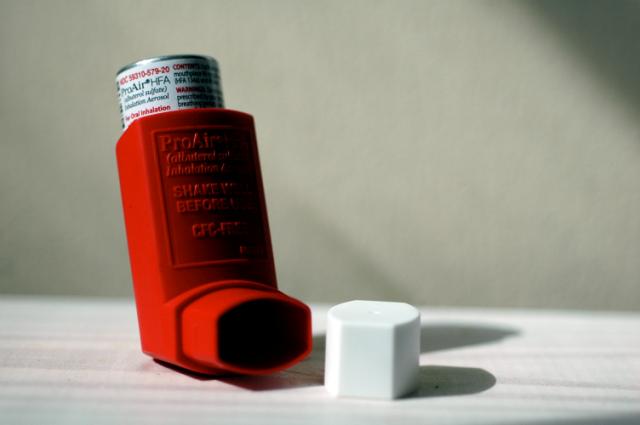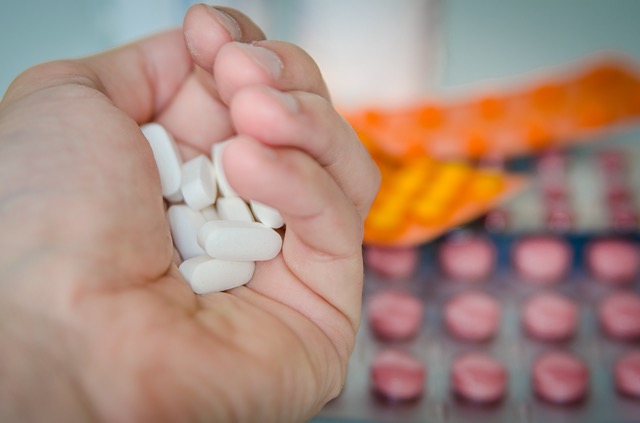If you have asthma, you might have an inhaler at home to control flare-ups. Imagine using your puffer now. How long do you wait between puffs? Probably less than 15 seconds.
The recommended directions call for a wait time of at least 30 seconds between two puffs to get the prescribed amount of the drug. But you’re not alone in cutting that time in half. A new study suggests that 84 percent of people with asthma do not use their inhalers properly.
“Doctors have known for years that many patients do not follow the recommended inhaler instructions. This is the first time we’ve had objective data from digital medicines to observe it outside of the clinic,” said Dr. David Stempel, lead author of the study.
The new work, published in The Journal of Allergy and Clinical Immunology: In Practice and conducted by researchers from Propeller Health, studied inhaler use among 7,600 patients with asthma.
To track normal inhaler habits, patients attached a Propeller-developed sensor to their inhaler. This way, the researchers would get a more realistic idea of how people use their inhalers.
They found that nearly 70 percent of the patients waited for less than 15 seconds between puffs and only 16 percent of patients waited for the recommended 30 seconds or longer. They also found that older patients aged 18-29 were more likely to exhibit poor inhaler behavior compared to younger patients aged 4-11.
The recommended inhaler regimen allows enough time for the drug to reach all parts of the respiratory tract. Bad inhaler technique could result in the medicine sitting in the back of your throat, leading to a sore throat.
Propeller Health hopes that their digital technologies can help patients stay on track with their inhaler use.
“Digital medicines have the potential to not only assess inhaler technique in real-time but also notify a patient when they’re not using the inhaler properly and provide education and sources for training, which goes beyond what a clinician can do for the patient day-to-day,” said Dr. Stempel, who is also SVP of Medical and Clinical Affairs at Propeller Health.
Dr. Stanley Szefler, co-author and director of the Pediatric Asthma Research Program at Children’s Hospital Colorado, said, “We are entering an era where medicines can not only treat your disease, but new technology can help you optimize that treatment.”
Asthma researchers are beginning to appreciate the complexity of this respiratory disease and are expanding their research methods. French biopharma company Sanofi and Mount Sinai’s Sema4 partnered up to study asthma using digital technologies in addition to traditional medical exams.
Digital therapeutics has also impacted the opioid addiction market. Pear Therapeutics launched their reSET-O app that helps people with opioid use disorder stay on track in their outpatient programs. More recently, other researchers tested a mobile app that could monitor a person’s breathing patterns as a way of detecting an impending drug overdose. These applications are some of the new ways digital technologies are infiltrating the healthcare space.












Join or login to leave a comment
JOIN LOGIN